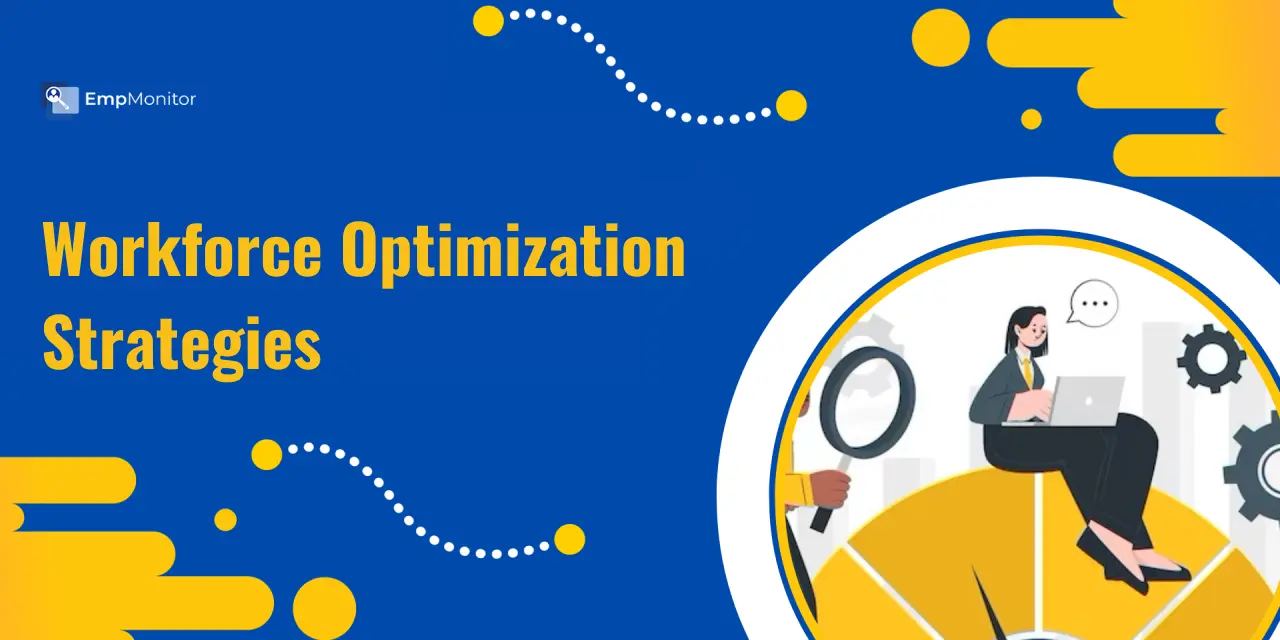How to Optimize Workforce Utilization for Better Profit Margins
How to Optimize Workforce Utilization for Better Profit Margins
Blog Article
Workforce Optimization in Financial Services: Increasing Profitability
In today's fast adjusting job market, learning workforce planning in the job economy is more necessary than ever. The spike in freelance work and short-term contracts has changed how businesses operate and control their human resources. This information can guide you through the techniques for workforce optimization likely to succeed in the show economy.
Knowledge the Job Economy Landscape
The show economy reflects a job market known by the prevalence of short-term contracts or freelance work in place of permanent jobs. This change has created equally options and problems for firms aiming to stay agile and competitive.
Organizations may touch in to a versatile skill share, allowing them to scale up or down quickly. But, managing a more fluid workforce needs powerful preparing and new strategies to make certain performance and productivity. Realizing these character may be the first step toward effective workforce optimization.

Advantages of a Variable Workforce
One of many main advantages of the job economy is the flexibility it offers. Organizations can conform to market needs with no long-term responsibility of lasting hires. That flexibility can cause cost savings and improved project management.
Additionally, freelancers and gig employees often provide specific abilities and fresh perspectives to projects. Leveraging this skill may result in progressive answers and increased support offerings for clients. Knowledge these benefits assists in appreciating the worth of a well-planned show workforce.
Problems in Managing Show Employees
Despite its benefits, managing a show workforce includes special challenges. Dilemmas such as sporadic perform quality, lack of respect, and different degrees of employee diamond may influence productivity.
To deal with these challenges, companies should establish obvious connection channels, set expectations, and offer necessary support to job workers. Implementing these steps can mitigate potential dangers of a non-traditional workforce.
Strategic Workforce Planning
Strategic workforce preparing requires expecting potential skill wants and organizing to meet those needs efficiently. In the situation of the gig economy, this means identifying which tasks could be stuffed by job personnel and which require permanent employees.
Companies must develop a balanced strategy that leverages a mixture of gig personnel and full-time staff. This strategy guarantees that core procedures remain secure while enabling mobility in project-based tasks.
Leveraging Technology
Technology represents a crucial position in optimizing workforce planning. Programs such as for instance Upwork, Fiverr, and Freelancer aid the hiring of job workers, while tools like Trello and Slack improve task management and communication.
Purchasing the proper engineering alternatives can streamline the process of recruiting, onboarding, and managing gig workers. This, subsequently, promotes overall output and functional efficiency.
Building a Encouraging Environment
Developing a loyal environment for job workers is a must for long-term success. This implies giving access to required resources, giving instruction options, and fostering a sense of community.
Firms that spend money on the well-being and development of the show personnel are more likely to entice prime talent and keep high quantities of engagement. That supportive strategy can also improve the standing of the business within the show economy.
Legal and Conformity Considerations
Moving the appropriate and conformity landscape is important when handling job workers. Organizations must guarantee they stick to appropriate labor laws and rules to prevent potential appropriate issues.
It is important to remain educated about changes in legislation that may affect gig workers and to apply procedures that protect both the company and its workforce. That positive method can prevent expensive appropriate problems down the line.
Calculating Efficiency and Output
Calculating the efficiency and productivity of gig workers is critical for continuous improvement. Businesses must identify important efficiency indications (KPIs) and regularly assess the factor of gig personnel to projects.
Typical feedback and efficiency reviews might help recognize parts for development and recognize high-performing individuals. This data-driven approach assures that workforce planning remains arranged with company objectives.
Enhancing Worker Proposal
Engagement is really a important element of workforce preparing in the gig economy. Organizations should find ways to keep show personnel determined and connected to their work.
Providing incentives, recognizing achievements, and marketing start connection may improve engagement levels. Employed personnel are more prone to produce top quality function and contribute definitely to the company's success.

Future Developments in the Show Economy
The job economy is constantly evolving, with new styles and technologies shaping its future. Staying abreast of those developments is needed for effective workforce planning.
Emerging developments such as distant function, AI-driven recruitment, and blockchain-based confirmation techniques are set to revolutionize the gig economy. Companies that conform to these improvements will soon be better situated to capitalize on new opportunities.
Realization
Optimizing workforce preparing in the gig economy is a complex process that will require strategic considering and a proactive approach. By knowledge the landscape, leveraging engineering, and fostering a supportive environment, firms may efficiently manage their show workforce and reap the benefits of this vibrant labor market.
For anyone interested in more improving their workforce preparing strategies, consider exploring extra assets and resources for sale in the market. By repeatedly improving your method, you are able to guarantee maintained achievement in the changing gig economy.
Report this page